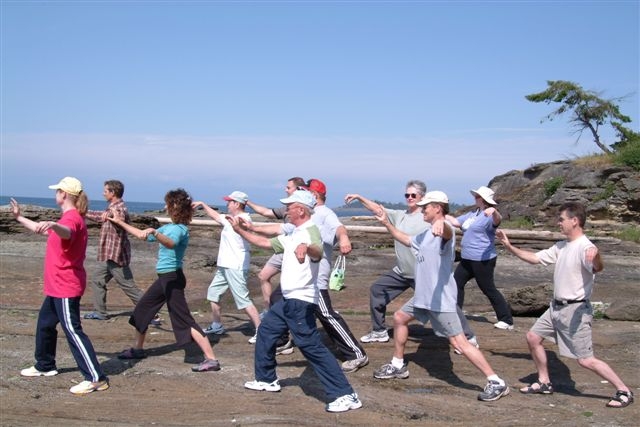Tai Chi
On a nice day in the park you may notice people who appear to be doing a slow dance with nature. It’s a smooth, gentle combination of meditation, yoga and ballet called T’ai Chi. This ancient Chinese exercise may act as a modern medical remedy.

Timothy Hain, M.D., Neurologist, Northwestern University Medical School:
“T’ai Chi sort of looks like a slow dance in a way. There’s an emphasis on slowness, softness, on circular movements. And, I think, importantly, control.”
It’s the control of mind and body that has helped Chickie improve her balance. Chickie recently participated in a study at Northwestern University Medical School that showed T’ai Chi to be an effective treatment for people with mild balance disorders.
Timothy Hain, M.D.:
“These are mainly people who had troubles with walking, for example. They might be walking down the street when they came to a curb where there was suddenly a drop-off.”
Walking down the street was a series of stumbles and falls for Chickie. The problem began after she had a bike accident – a stressful experience. But her scores on balance exams improved after eight weeks of T’ai Chi classes.
Chickie, T’ai Chi Student:
“It just betters you as a person and makes you stronger. And you learn to overcome stress and problems you have. Every time you get into the position, it bounces out of your mind.”
Doctors aren’t exactly sure why T’ai Chi works for certain people. They know it builds the strength needed for steadiness and that balance improves with practice. But the real power of T’ai Chi may be in the positive energy that flows from each movement.
The T’ai Chi study at Northwestern involved 22 people who took classes for eight weeks. Patients’ scores on balance tests improved an average of 10 percent after the classes. Dr. Hain plans to include T’ai Chi classes with standard physical therapy at the rehabilitation center.


